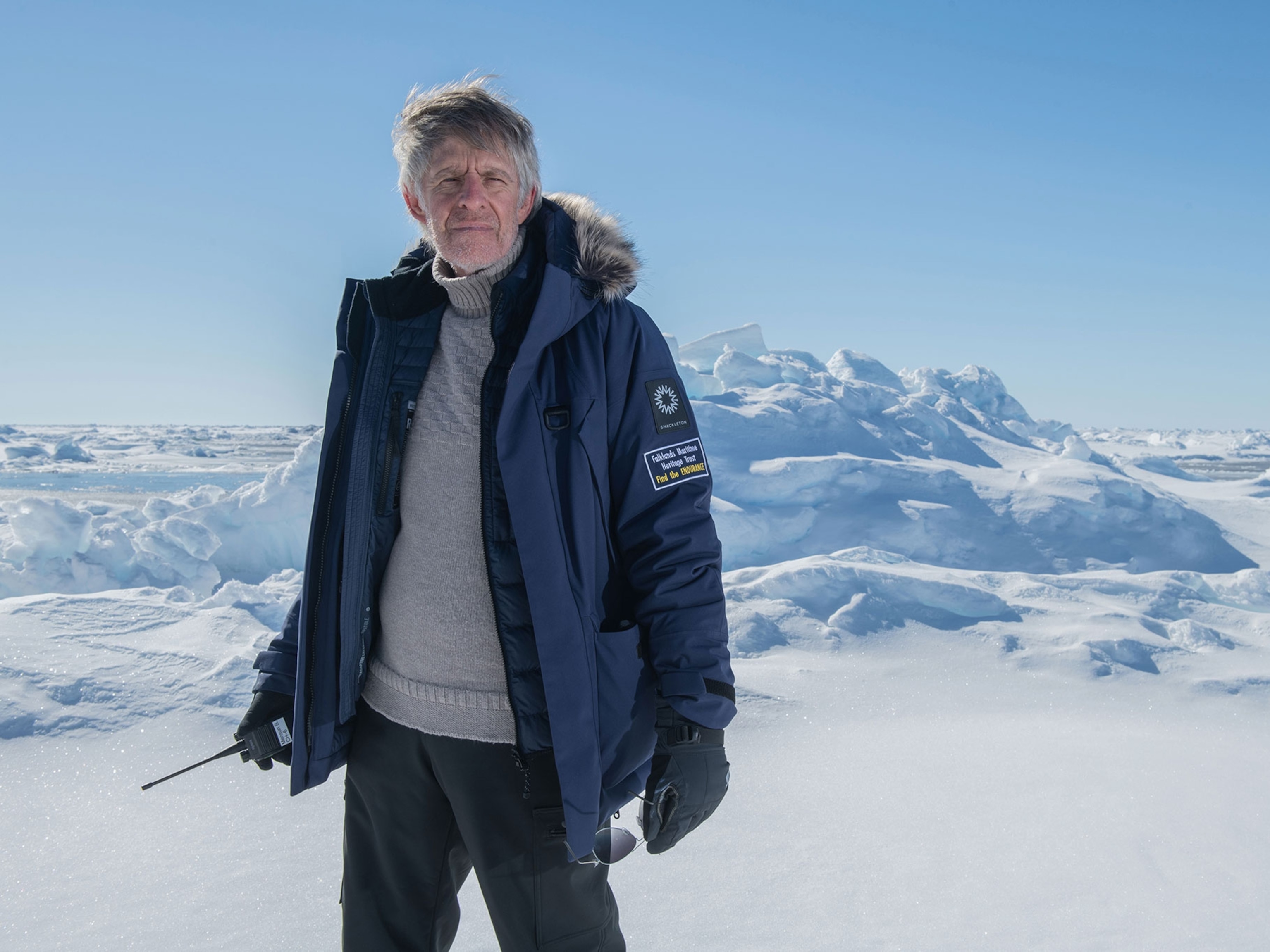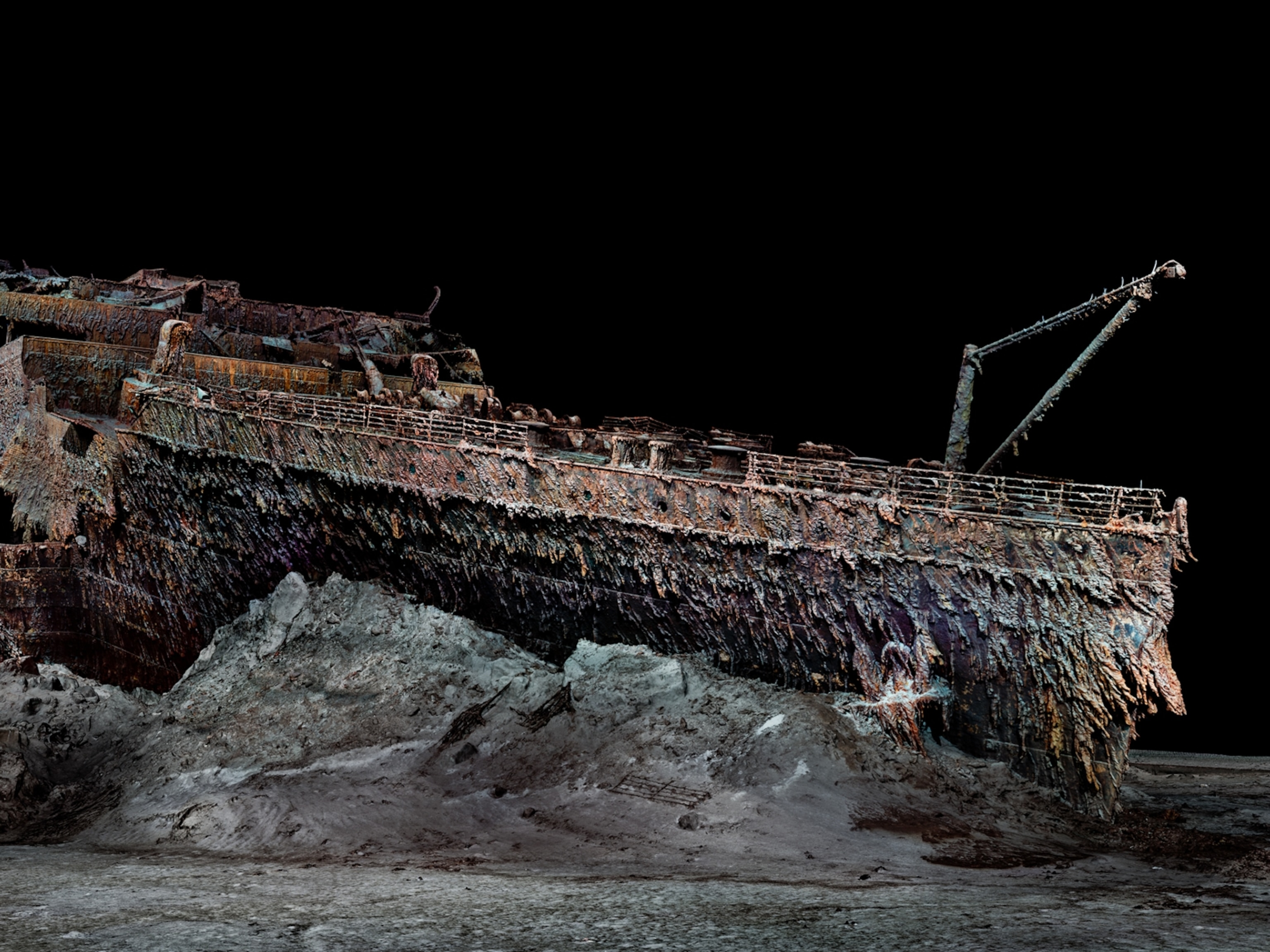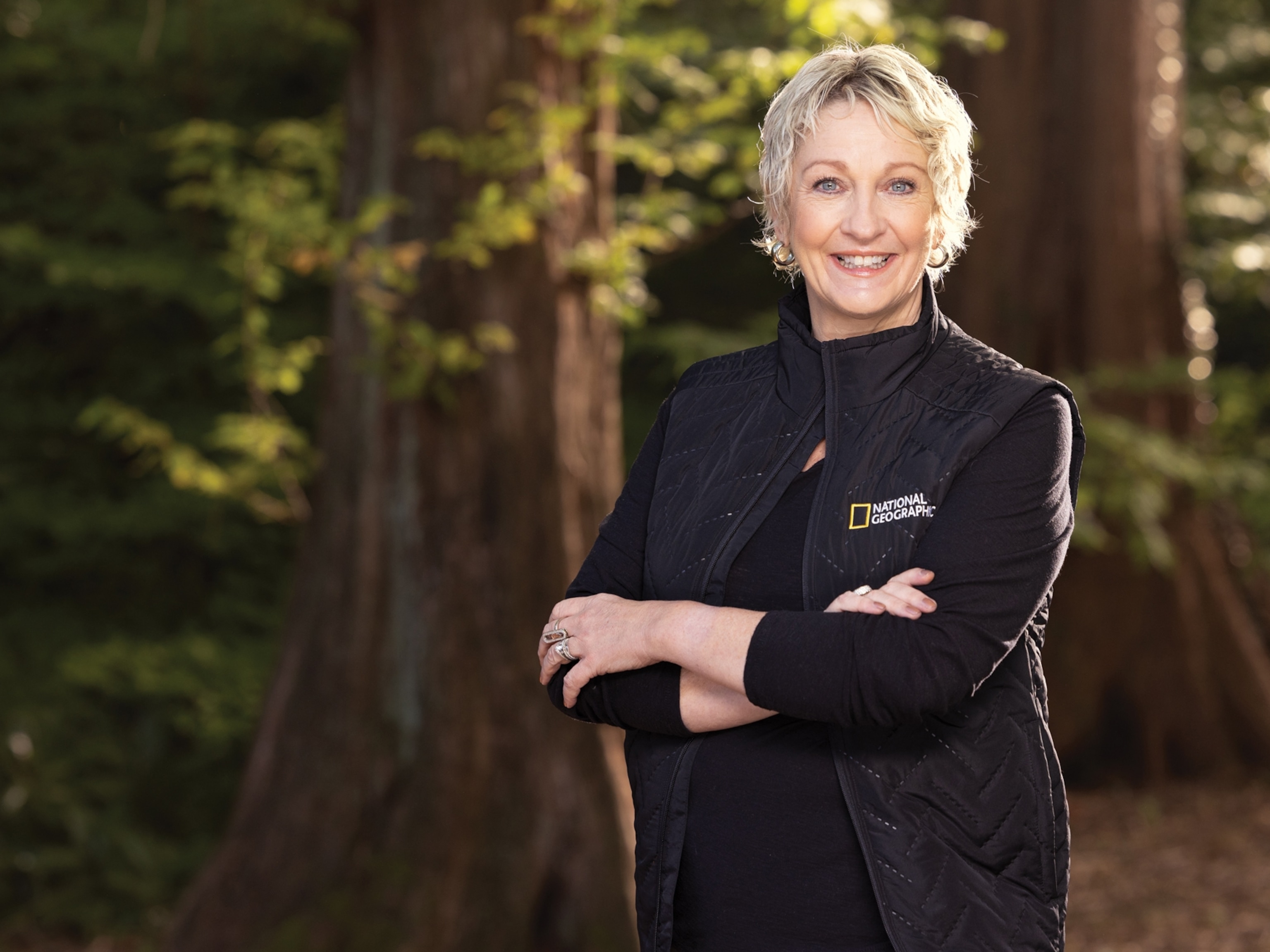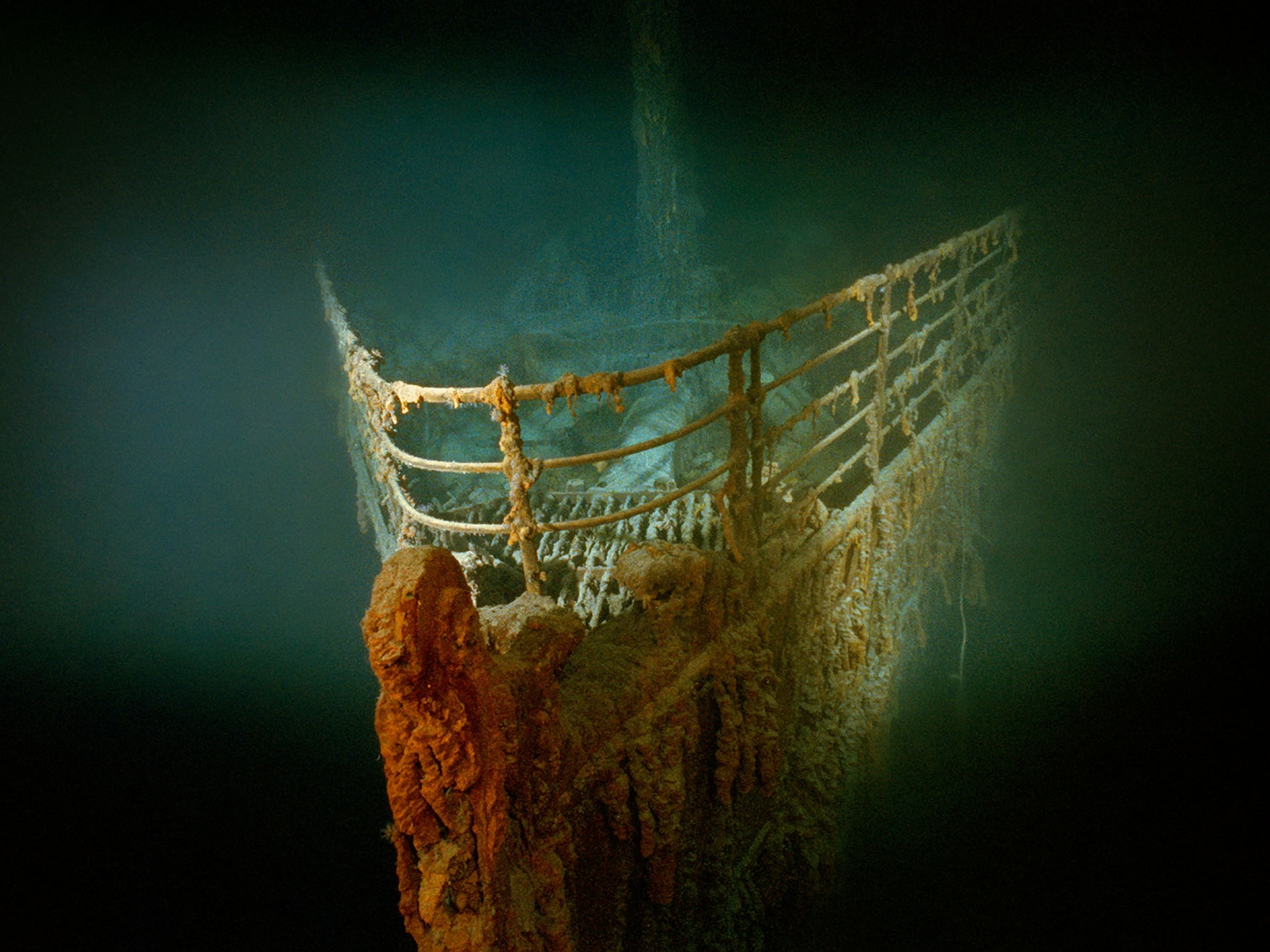Watch Archaeologists Reveal the Vasco da Gama Shipwreck
Take a behind-the-scenes look at what it took to locate and excavate the earliest known shipwreck from Europe's Golden Age of Exploration.
When Oman's Ministry of Heritage and Culture recently announced the discovery of a 500-year-old shipwreck from the fleet of famed explorer Vasco da Gama, it marked the culmination of an 18-year archaeological search and recovery effort led by self-described "shipwreck hunter" David Mearns of Blue Water Recoveries Ltd.
"Where most archaeologists study wrecks that have already been found, with this one we actually set out to find it," he says, beginning with an eyewitness account of the Esmeralda, the ship of da Gama's uncle, Vincente Sodré, sinking in the waters off of Al Hallaniyah Island in the Arabian Sea.
The project team, a partnership between Oman's Ministry of Heritage and Culture and Blue Water Recoveries and supported by the National Geographic Society Expeditions Council, spent three seasons mapping and excavating the wreck site. The remote location and complexity of the shipwreck required a wide array of technology—from magnetometers and differential GPS, to airlifts that work like "underwater vacuums"—and a number of specialists to operate it.
Take a behind-the-scenes look at what it took to locate and excavate the earliest shipwreck we have from Europe's Golden Age of Exploration.




